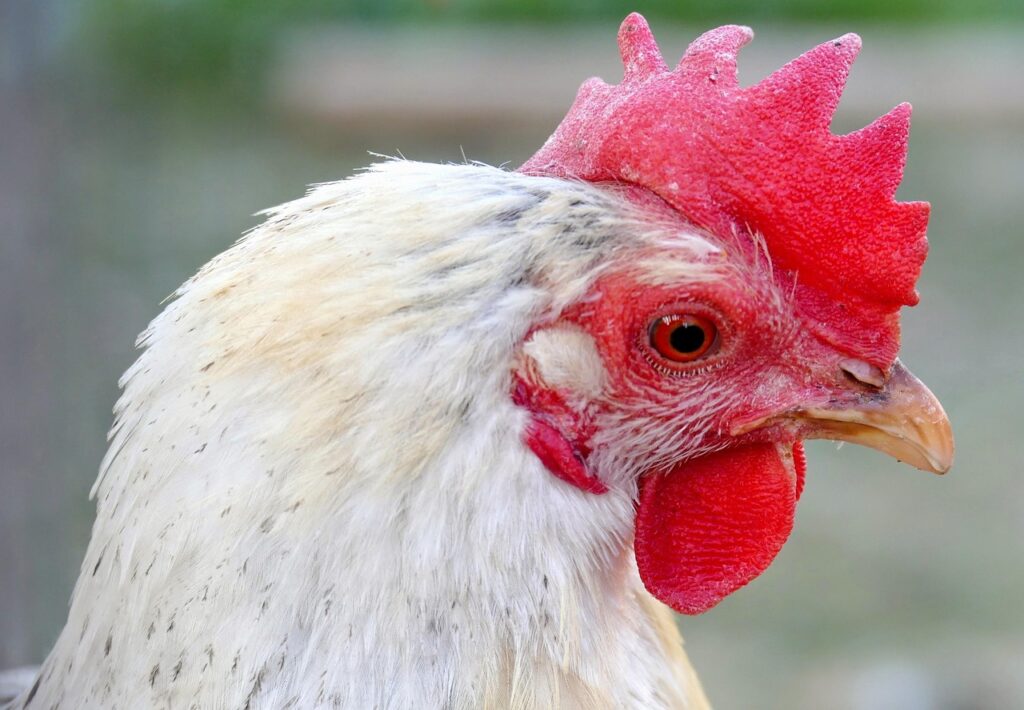Brazilian chicken meat production accumulated six years of consecutive growth at interannual rates, reaching 14.97 million tons in 2024.
This last volume represents an increase of 0.9% per year, according to data from the Brazilian Animal Protein Association (ABPA).
Thus, Brazilian chicken meat production advanced steadily from 12.85 million tons in 2018.
The Brazilian agricultural sector stands out for its high productivity. In addition, it is one of the most competitive worldwide.
According to FAO, Brazil leads global production and exports of several key products. For example, it is the largest producer and exporter of coffee, soybeans and raw sugar cane. It also ranks first as an exporter of deboned beef and chicken.
Brazilian chicken meat production
Chicken is the most consumed animal protein in Brazil. It is followed by beef and pork. In addition, Brazil is the fourth largest chicken consumer in the world. In 2024, national consumption reached 10.1 million tons.
According to World Poultry and the USDA, the Brazilian poultry industry has grown remarkably. In fact, this growth has been sustained over the last four decades.
The following is the trend of Brazilian broiler meat production, in millions of tons:
- 2017: 13,05.
- 2018: 12,85.
- 2019: 13,24.
- 2020: 13,84.
- 2021: 14,32.
- 2022: 14,52.
- 2023: 14,83.
- 2024: 14,97.
Poultry feed
The ABPA reports that feed represents the main cost of broiler production. In fact, it is equivalent to 66.82% of the total, which underlines its impact on production performance.
In addition, genetics is in second place, with 15.62%. This factor is key to guarantee efficiency and quality. On the other hand, labor represents 4.57%. The cost of capital reaches 4.25%. And elements such as electricity, bedding and heating add up to 2.45 percent.
All this demonstrates the importance of having adequate structures in place.
Finally, other aspects also play a role. Sanitation, transportation and maintenance are essential. Together, these factors help maintain the balance needed to meet the growing demand for poultry meat.

